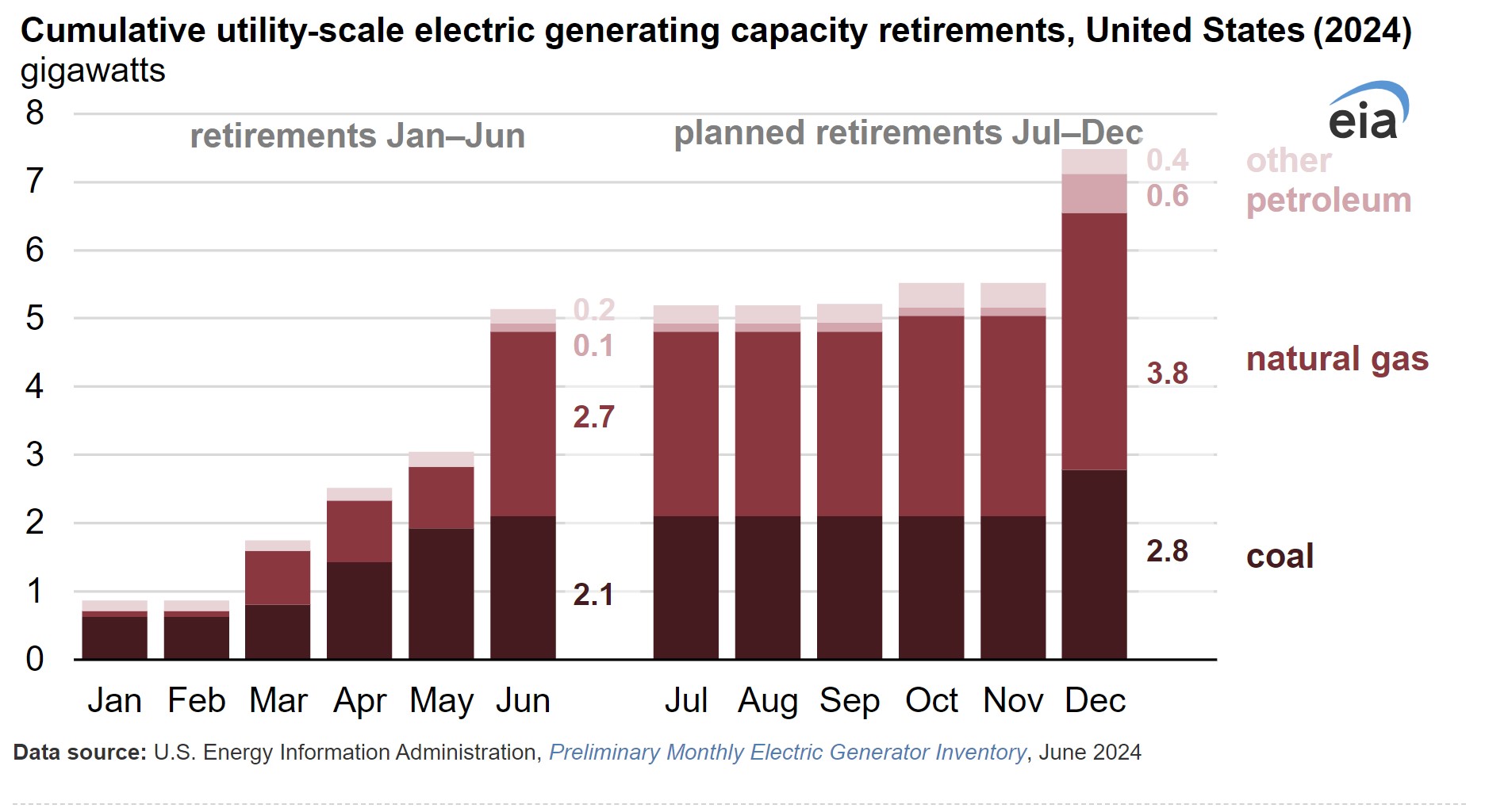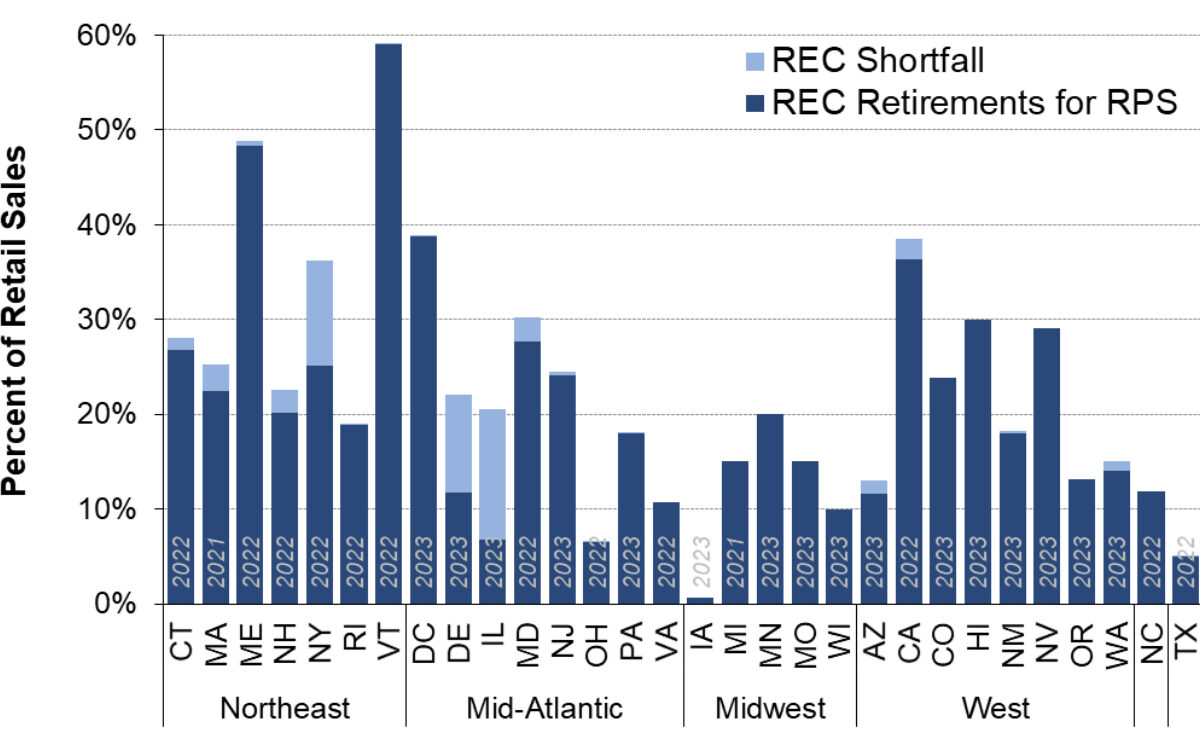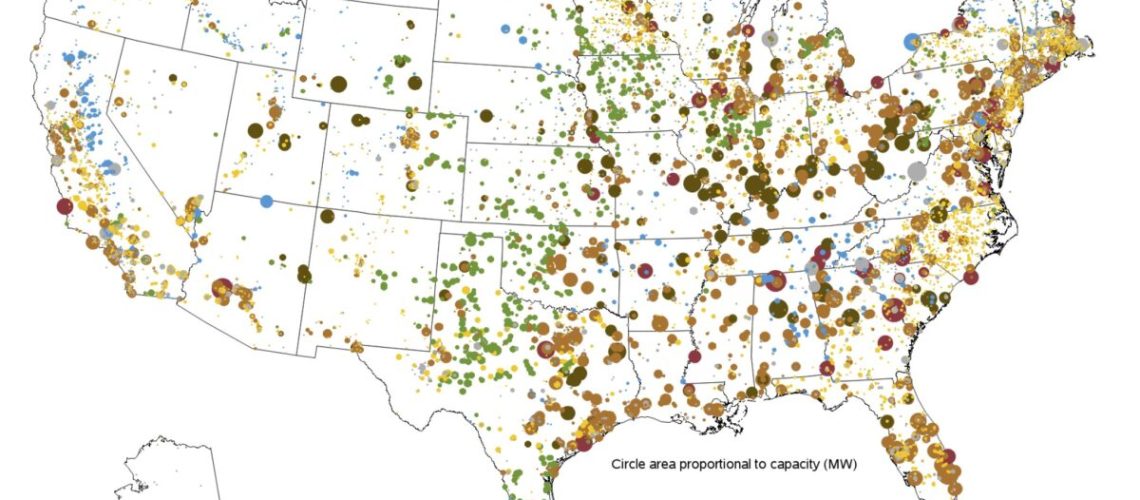The Energy Information Administration reports that 20.2 GW of electricity generation capacity was deployed in the U.S. in the first half of 2024, with solar energy leading and energy storage also seeing significant deployments. Fossil fuel retirements exceeded new fossil constructions more than tenfold.
According to the U.S. Department of Energy’s Energy Information Administration (EIA), the U.S. connected 20.2 GWac of utility-scale power plants to the grid during the first half of 2024. This capacity includes 12 GW from solar power, which represents 59% of the total additions. Additionally, 4.2 GW of this new capacity was attributed to energy storage.
Florida and Texas led the nation in utility-scale solar development, contributing 38% of the new solar capacity. Notable projects include the 690 MW Gemini Solar facility in Nevada, which integrates solar and storage, and the 653 MW Lumina Solar Project in Texas.
Energy storage was the second most significant technology by capacity with a total deployment of 4.2 GW. California led the charge, contributing 37% of the total energy storage capacity, followed by Texas (21%), Arizona (19%), and Nevada (13%). Together, these states accounted for 90% of the energy storage capacity added, with the 380 MW battery at the Gemini facility being the largest of the period.

Fossil fuel retirements far outpaced new fossil capacity deployments. The EIA noted that 5.1 GW of capacity was retired, with 53% from methane (2.7 GW) and 41% from coal (2 GW). In contrast, only 0.4 GW of new gas capacity was deployed.
The U.S. energy sector’s growth trajectory is expected to continue its upward trend. For the second half of the year, the EIA forecasts an additional 42.6 GW from new capacity deployments, including 25 GW from solar and an additional 10.8 GW of energy storage. Combined with the first-half capacity of 12 and 4 GW, the nation could finish 2024 with 37 GW of new utility-scale solar and 15 GW of new energy storage facilities.
Is 37 GW real or a mirage?
Whether we can actually reach the projected record capacities of solar will be dependent on politics. The nation is currently debating the imposition of new AD/CVD tariffs, which if implemented at the rates suggested by the filers, would lead to the United States paying three times the international price for solar panels. Historically, similar AD/CVD tariffs led to delays and cancellations for about 20% of utility-scale solar capacity in 2022.
Solar industry analyst Roth MKM has suggested that developers are proceeding cautiously, potentially deferring some 2024 projects to 2025 due to these tariff risks. Just last week, U.S. module manufacturers filed a petition with the U.S. Department of Commerce seeking critical retroactive tariffs.
In 2023, the U.S. added just over 18 GW of utility-scale solar, according to the EIA. Including all capacities, from residential to utility-scale, Wood Mackenzie significantly adjusted their capacity estimations upward to just over 40 GWdc of solar power deployed in 2023. At the start of 2024, the EIA projected about 36 GWac of new utility-scale solar capacity. Combined with small-scale solar projections from various groups, it was suggested that nearly 53 GWdc of new solar capacity might be deployed in the United States in 2024. The EIA indicated that if the current pace continues, then 37 GW of utility-scale solar will be deployed in 2024, more than doubling last year’s record capacity.
Popular content




